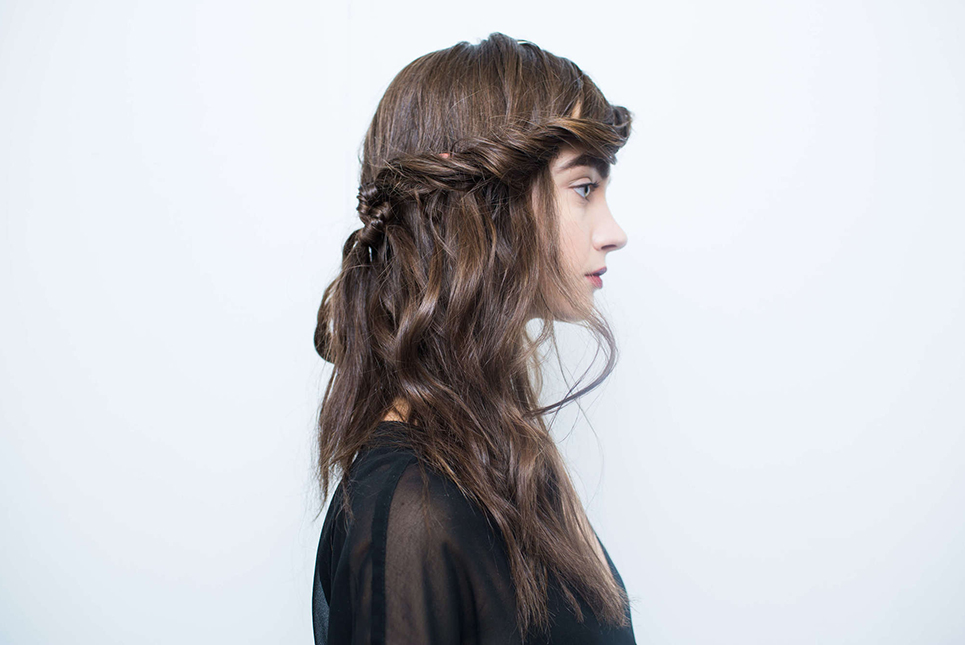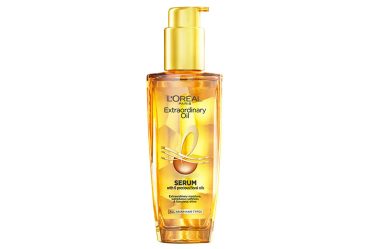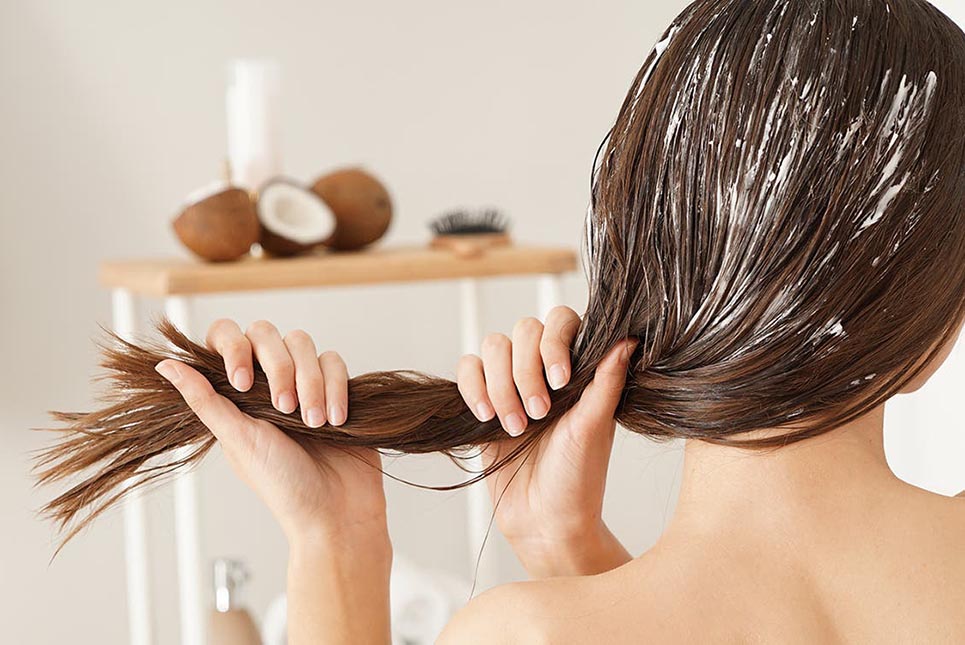
Hair, often considered our crowning glory, holds a significant place in our daily grooming rituals. Yet, amidst the plethora of advice and information available, there exists a labyrinth of misconceptions and myths that surround hair care. These misconceptions, if followed blindly, can lead to suboptimal care practices, resulting in damage, dullness, and distress to our precious locks.
Fashion Picks | Create Your Own Unique Style
Looking for a complete makeover from head to toe? These carefully selected brands will help you stay at the forefront of fashion! Whether it's footwear, clothing, or skincare and makeup, the following recommendations will help upgrade your wardrobe and beauty essentials, becoming a part of your fashionable lifestyle. Click now and experience your new fashion trend!
Footwear Recommendation: Saucony
The perfect blend of comfort and style! Whether you're at the gym or on the streets, Saucony offers both fashion and comfort. This renowned sports brand not only delivers exceptional foot support but also comes in a wide variety of colors and styles, allowing you to effortlessly handle any occasion.
Clothing Recommendation: Dorothy Perkins
Achieve a style of simplicity and elegance! Dorothy Perkins , a renowned British fashion brand, is loved by fashion enthusiasts for its classic yet distinctive designs. From exquisite dresses to versatile casual sets, Dorothy Perkins is your perfect choice for both office wear and everyday outfits.
Skincare & Makeup Recommendation: Stylevana
Your go-to expert for skincare and beauty! As one of the most popular Asian beauty and skincare platforms, Stylevana offers a wide range of skincare products and makeup. From hydrating serums that repair the skin to trendy makeup items, Stylevana makes it easy for you to achieve healthy skin and a flawless look.
Explore More Trendy Items!
Want to make your outfit stand out even more? Don't forget to add some fashionable accessories. Delicate earrings, minimalist bracelets, and trendy sunglasses can all add layers to your overall look. Start picking your favorite pieces now and let the details elevate your style!
Come and check out these curated brands for your must-have fashion items!
The allure of shiny, voluminous hair often drives us to experiment with various products, routines, and techniques. However, the sheer volume of information available—some factual, some merely anecdotal—often blurs the lines between fact and fiction in hair care.
One common myth is the belief that washing hair daily is necessary for cleanliness. This misconception has led many to strip their hair of its natural oils, causing dryness, brittleness, and an imbalance in the scalp’s oil production. Additionally, the misconception that frequent washing stimulates hair growth has perpetuated this harmful practice among individuals seeking longer, healthier locks.
Another prevalent misconception revolves around heat styling. Many believe that higher heat settings are essential for achieving perfectly styled hair. However, the truth is quite the contrary—excessive heat can cause irreparable damage, leading to breakage, split ends, and loss of natural moisture, resulting in lackluster hair quality over time.
Moreover, the misconception that brushing hair rigorously for a set number of strokes daily fosters growth is a fallacy. In reality, excessive brushing can cause mechanical damage, leading to hair breakage and weakening of the strands.
These misconceptions not only misguide but can also harm our hair’s health and vitality. Hence, it becomes imperative to debunk these myths and delve into the science-backed truths behind proper hair care practices.
By understanding and demystifying these misconceptions, we empower ourselves to make informed decisions and foster the well-being of our hair.
Join us on this enlightening journey as we sift through the myths and unveil the truths behind optimal hair care practices, ensuring that our tresses radiate health, vibrancy, and resilience.
Frequent Washing: Finding the Balance
Myth: Daily Washing is Essential
The widespread misconception that hair needs daily washing for cleanliness is deeply ingrained. However, over-washing can do more harm than good. Our scalps naturally produce oils (sebum) to maintain hair health, and excessive washing can strip away these essential oils, resulting in a dry scalp and brittle hair strands.
Different hair types require varying frequencies of washing. For instance, individuals with oily hair might feel the need to wash more frequently to combat excess oil buildup, while those with dry or curly hair may benefit from less frequent washing to retain natural moisture.
Understanding the proper frequency for washing different hair types is crucial. Generally, washing hair every 2 to 3 days strikes a balance for most hair textures. However, adjusting the washing frequency based on individual scalp and hair needs is key to maintaining a healthy balance of oils and keeping the scalp nourished.
Correct Care: Understanding Shampooing Techniques
Selecting the right shampoo is pivotal in maintaining hair health. For oily hair, clarifying or balancing shampoos that control oil production can be beneficial, while hydrating or sulfate-free shampoos suit dry or color-treated hair better. It’s essential to avoid shampoos containing harsh sulfates that can strip the hair of its natural oils.
Proper shampooing techniques play a significant role in preserving hair health. Start by wetting the hair thoroughly with lukewarm water before applying shampoo. Use a quarter-sized amount for short to medium hair and a bit more for longer hair. Gently massage the shampoo into the scalp using fingertips, focusing on cleansing the roots while allowing the suds to rinse through the lengths without harshly scrubbing.
Rinse the shampoo thoroughly with lukewarm water, ensuring no residue remains. Avoid hot water, as it can strip the hair of moisture. Follow with a conditioner, primarily applying it to the ends to replenish moisture without weighing down the roots.
Myth: High Heat is Necessary for Styling
Risks of Excessive Heat on Hair Health
The myth that high heat is necessary for achieving perfectly styled hair often overlooks the detrimental effects of excessive heat on hair health and texture. Exposing hair to high temperatures from styling tools like flat irons, curling wands, and blow dryers can lead to significant damage. This includes dryness, split ends, breakage, and even changes in the hair’s structure, such as loss of natural curl pattern or brittleness.
Consistent use of high-heat styling tools can strip the hair of its natural moisture, leaving it prone to frizz and lackluster appearance. Additionally, the high temperature weakens the hair shaft, making it more susceptible to damage from external factors like UV rays and environmental stressors.
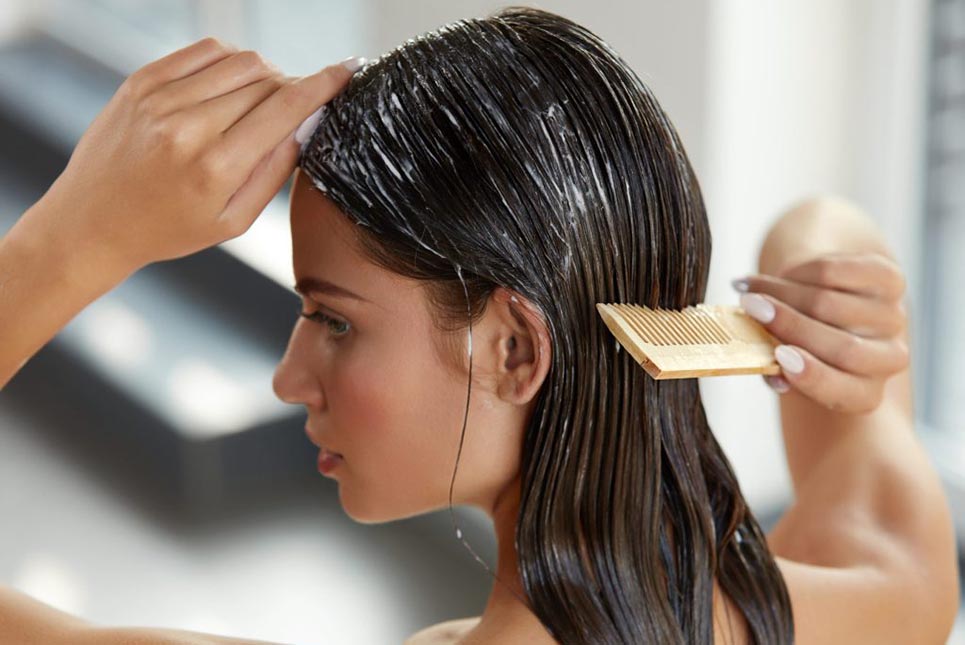
Alternatives to High-Heat Styling Tools and Their Benefits
Opting for heatless styling alternatives can significantly reduce the risk of damage. Techniques like air drying, braiding for natural waves, or using rollers for curls provide styling options without subjecting hair to excessive heat. These methods not only preserve the hair’s natural texture and moisture but also reduce the risk of long-term damage.
Moreover, embracing hairstyles that work with your hair’s natural texture—such as embracing natural curls or waves instead of straightening—can minimize reliance on high-heat styling tools. This not only promotes healthier hair but also celebrates the uniqueness of individual hair textures.
Correct Care: Importance of Heat Protection and Styling Methods
Utilizing heat protectants is crucial when heat styling is unavoidable. Heat protectant products create a barrier between the hair and styling tools, minimizing direct heat damage. Choose a quality heat protectant spray or serum containing ingredients like silicones or proteins that shield the hair from high temperatures.
Effective usage of heat protectants involves applying the product evenly throughout the hair, focusing more on the ends and lengths where the hair is most susceptible to damage. Allow the protectant to dry before using any heat styling tools to ensure maximum protection.
Additionally, mastering styling techniques that reduce reliance on high heat is beneficial. For instance, using a blow dryer on lower heat settings or incorporating heatless curling methods like twist-outs or braiding can achieve various styles with minimal heat exposure, preserving hair health while still achieving desired looks.
Brushing and Detangling: The Right Approach
Myth: Brushing Hair 100 Strokes a Day Promotes Growth
One of the enduring myths surrounding hair care is the belief that brushing hair with excessive strokes daily stimulates hair growth. Contrary to popular belief, excessive brushing can actually cause more harm than good. Over-brushing can lead to mechanical damage, causing hair breakage, split ends, and unnecessary stress on the scalp and hair follicles.
Brushing hair excessively does not directly promote hair growth. Instead, it can weaken the hair shaft and exacerbate existing hair issues. Furthermore, the focus on the number of brush strokes neglects the importance of proper tools and techniques in maintaining healthy hair.
Identifying the Right Tools and Methods for Detangling
Choosing the correct tools for detangling plays a vital role in preserving hair health. For different hair textures and lengths, opt for brushes or combs specifically designed to suit those characteristics. Wide-toothed combs or detangling brushes work best for thick or curly hair, minimizing tugging and breakage while untangling knots gently.
Start detangling from the ends and work your way up to the roots, gently easing out knots and tangles. Applying a leave-in conditioner or detangling spray can aid in smoother detangling by providing slip and reducing friction.
Correct Care: Gentle Brushing Techniques
Understanding the appropriate brushing techniques helps minimize damage and preserve hair health. For straight or wavy hair, a boar bristle brush distributes natural oils from the scalp to the lengths, imparting shine and reducing static. However, for thicker or curlier hair, wide-toothed combs or brushes with flexible bristles are preferable to prevent snagging and breakage.
When brushing, start from the ends and work upwards in small sections, using gentle, downward strokes. Avoid vigorous brushing, especially when the hair is wet, as it’s more susceptible to damage. Be patient and gentle, allowing the brush or comb to glide through the hair without causing unnecessary stress.
In addition, detangle hair before shampooing or applying any treatments to minimize knots and tangles caused during the cleansing process.
Hair Treatments: Balancing Moisture and Protein
Myth: Protein Treatments are Suitable for All Hair Types
One prevalent misconception in hair care is the belief that protein treatments are universally beneficial for all hair types. However, this is not the case. While protein is essential for hair strength and structure, excessive protein treatments or using them on hair that doesn’t require them can lead to imbalances.
Protein treatments are advantageous for damaged or chemically processed hair that has experienced significant loss of protein. However, using protein treatments on hair that already has a sufficient amount of protein can result in stiffness, dryness, and brittleness, as the hair becomes overloaded with protein.
Understanding the Importance of Balance between Moisture and Protein
Maintaining a balance between moisture and protein is crucial for optimal hair health. Hair needs both moisture and protein to remain strong, elastic, and hydrated. While protein provides strength, moisture ensures flexibility and elasticity.
An imbalance occurs when there’s either too much protein or too much moisture in the hair. Signs of a protein imbalance include hair that feels stiff, brittle, or straw-like. On the other hand, signs of moisture imbalance include excessive dryness, frizz, and limp or overly soft hair that lacks elasticity.
Correct Care: Customizing Treatments for Hair Needs
Identifying signs of imbalance is essential in customizing treatments for specific hair requirements. If the hair exhibits signs of protein overload, incorporating moisture-rich treatments like deep conditioning masks or leave-in conditioners can restore the hair’s flexibility and softness.
Conversely, for hair experiencing moisture overload, protein-based treatments or products can help restore strength and structure. These treatments typically contain ingredients like keratin or hydrolyzed proteins to fortify the hair shaft.
Determining the right balance often requires trial and observation. Regularly assessing the hair’s condition and adjusting treatments accordingly is key to maintaining the delicate balance between moisture and protein. Additionally, seeking professional advice from a hairstylist or trichologist can provide insights into the specific needs of your hair and recommend suitable treatments.
Hair Drying: Optimal Techniques
Myth: Air Drying is Always the Best Method
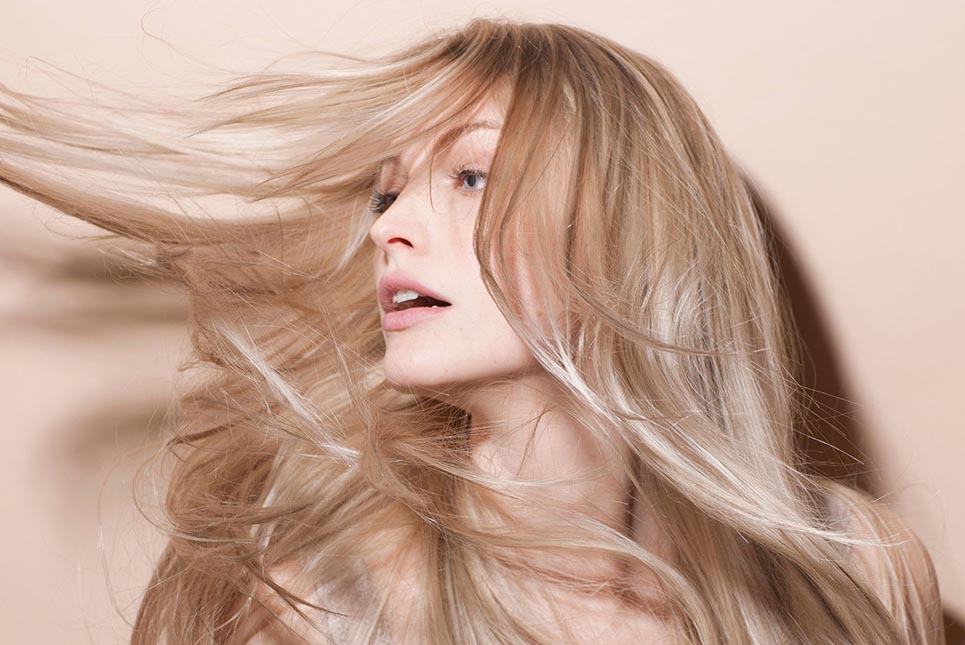
Air drying is often championed as the go-to method for drying hair without heat damage. While air drying can be beneficial for many hair types, it might not always be suitable for certain textures or in specific situations. For example, individuals with thicker or curlier hair may find air drying prolongs the drying time significantly, leading to dampness that can cause mildew or unpleasant odors in the hair.
Moreover, excessive air drying, especially in humid climates, can contribute to frizz and tangling, particularly for individuals with naturally frizzy or coarse hair. Additionally, for those with fine or straight hair, air drying can sometimes result in flatness or lack of volume.
Potential Issues Related to Excessive Air Drying
Extended air drying time can leave the hair cuticles open for a prolonged period, making the hair more susceptible to environmental damage. This exposure can lead to increased frizz, moisture loss, and potential damage from pollutants or UV rays.
For certain hair types, especially those prone to frizz or tangling, a faster drying method might be preferable to reduce these issues and maintain hair health.
Correct Care: Safe Drying Practices
Minimizing heat damage while using a blow dryer involves adopting safe drying practices. Use the blow dryer on a lower heat setting to reduce exposure to excessive heat. Keep the dryer at least six inches away from the hair and constantly move it around to avoid focusing heat on one area for too long.
Towel-drying techniques play a crucial role in hair health. Instead of rubbing the hair vigorously with a regular towel, opt for a microfiber towel that absorbs excess water without causing friction. Pat or gently squeeze the hair to remove excess moisture, minimizing stress on the hair shaft and reducing the risk of breakage or frizz.
It’s also beneficial to allow the hair to air dry partially before using a blow dryer to minimize heat exposure and reduce overall drying time.
Nurturing Hair Health
Caring for our hair is a journey filled with nuances, requiring a blend of understanding, patience, and the courage to challenge prevailing myths. It’s a journey where we continuously learn and adapt, ensuring that our locks flourish with vitality and radiance.
Throughout this exploration, we’ve debunked prevalent misconceptions that often misled us in our quest for beautiful hair. Understanding the intricate balance between moisture and protein, choosing suitable treatments tailored to our hair’s unique needs, and embracing proper techniques have all emerged as crucial pillars in maintaining healthy, resilient hair.
The misconception that daily washing promotes cleanliness or that excessive brushing stimulates hair growth has been unraveled. Instead, we’ve learned the importance of finding the right balance – whether in washing frequency, styling methods, or treatment choices.
Hair health is a blend of art and science, a careful curation of practices that respect its individuality. It’s about recognizing that one size doesn’t fit all – what works for one may not work for another. By embracing this diversity, we empower ourselves to craft personalized hair care routines that cater to our hair’s distinct characteristics and needs.
Nurturing hair health goes beyond following trends or succumbing to fads. It’s a commitment to understanding our hair, its unique texture, porosity, and quirks, and responding to its requirements with patience and care.
As we conclude this journey through the intricacies of hair care, let us carry forward the wisdom gained. Let us continue to challenge misconceptions and myths, replacing them with knowledge and informed choices. Let us celebrate the diverse beauty of our locks, embracing their natural texture and characteristics while implementing proper techniques that honor their health and well-being.
Remember, our hair deserves kindness, respect, and nourishment. With dedication and a keen understanding of its needs, we can ensure that our tresses radiate with vibrancy and remain a reflection of our overall well-being.
Here’s to nurturing and cherishing our hair—our crowning glory—as it continues to grace us with its beauty and resilience.
Elevate your style with
Dorothy Perkins
– timeless fashion, always in trend!

